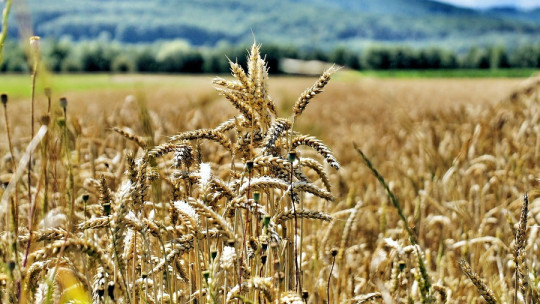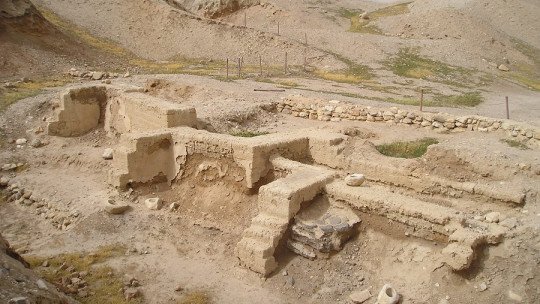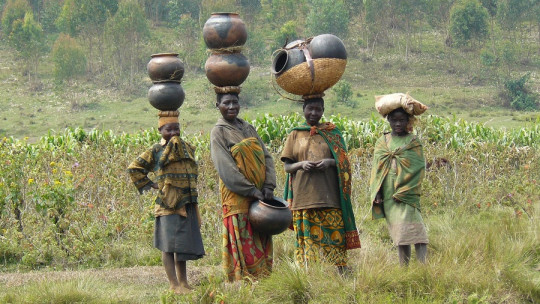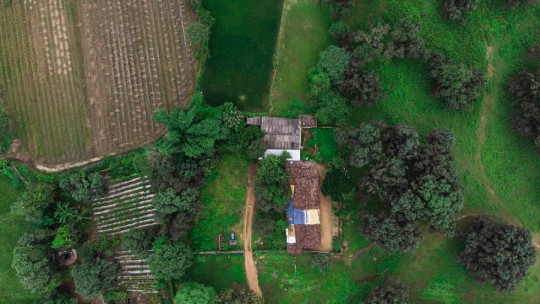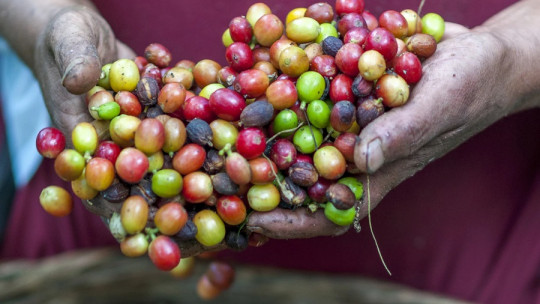
The origin of agriculture dates back to about 10,000 years ago, during the Neolithic period. At that time, society and its economy evolved from gathering, fishing and hunting activities to agriculture and livestock. Since then, Agriculture has become a fundamental element of societies since it provides a fundamental part of the food resources.
We can define agriculture as the set of activities, both at a technical and economic level, that allow the production of food thanks to the cultivation of the land and the adequate treatment of the soil. Through these activities, which will transform the natural state of the environment, human beings are able to obtain a wide variety of foods, such as vegetables, fruits, vegetables or cereals.
Within the concept of agriculture, many different types and subtypes are included. One of them, and the one we are going to pay special attention to today, is that of subsistence farming
Below we will see it in more detail, but briefly, we can define subsistence agriculture as that in which farmers will cultivate the land on small properties in order to obtain food to satisfy their own needs and those of their family nucleus, without producing surpluses for sale.
What is subsistence agriculture?
The different forms of agriculture can be classified based on a series of different criteria (magnitude of production, yield, techniques used or means of production, for example). In this case, The classification as subsistence agriculture is based on the magnitude of production and the relationship that will be established at the commercial or market level from the products obtained.
Subsistence agriculture has traditionally been practiced throughout the world, before industrial or market agriculture appeared. Currently, it still persists in some regions of the world, located mainly in the Asian continent, sub-Saharan Africa and Latin America.
Main features
In this type of agriculture we mainly find small properties or tracts of land of a few hectares, on which a limited number of traditional local products are grown s (mixed crops) intended for food, which do not have very high crop yields, in general terms.
The decision of which plant species to grow will be made by the farmer himself, who, based on criteria such as the climate, the available technical capacity or the type of soil in which he will work, will decide which crops are most suitable for grow on their lands.
Among the crops that meet the above criteria, The farmer will also decide based on his needs and preferences on what products to have during the next year, since he and his environment are going to be the main beneficiaries of the cultivated products. This is why aspects such as market prices will be more displaced in this type of decision-making.
Other common characteristics of this agriculture are the few or no production surpluses that are generated, hence there is no abundant fixed part destined for sale; the use of traditional tools, far from the most modern techniques and methodologies used in larger scale agriculture; and dependence on labor, generally unskilled, and in many cases, belonging to the farmer’s own family.
In addition to the agricultural products themselves, In subsistence agriculture, it is common to find some livestock activity at the same time This is because animals, in addition to providing food, will help certain tasks in the field, thanks to their draft energy and their transportation capacity, for example. In the same way, livestock will be able to take advantage of agricultural resources, since the waste products generated from them will serve as a source of food for these animals.

Types of subsistence agriculture
Within subsistence agriculture, two groups are traditionally distinguished: primitive and intensive subsistence agriculture. Below, we will analyze both in more detail, as well as the subtypes or characteristics that exist in each of them.
1. Primitive subsistence agriculture
This type of subsistence agriculture is practiced mainly in more marginal areas Within this group, the use of the “slash and burn” technique is common, which allows obtaining land for cultivation from areas where forests were initially spread, which are cut down, and their biomass is left to dry to be later burned. In this way, it is possible to provide fertilizer to the land naturally, thanks to the ash obtained after burning.
Within this type of agriculture we must refer to migratory agriculture, in which farmers dedicate a season to the cultivation of certain lands, but are subsequently abandoned 2 or 3 years later to look for new areas of greater fertility in the to start other crops, so that the lands that have been cultivated are allowed to “rest” and recover their properties and fertility.
2. Intensive subsistence agriculture
Intensive subsistence agriculture is characterized by the existence of small lands with high potential, where farmers have to try to maximize food production as much as possible on those small areas In this type of agriculture, the types of crops, both annual and temporary, tend to be highly diversified, and simple tools are used routinely. The labor force, whether occasionally hired or the farmers themselves who own the land, are subjected to a high work intensity.
Furthermore, the use of fertilizers, pesticides or seeds that allow better yields is not widespread. They are only used on certain occasions at very low doses, but this is not common in these crops, whose purpose, let us remember, is not commercial.
Within the types of subsistence agriculture, this is the most widespread In many developing countries that use subsistence agriculture, more than 80% of their population uses the intensive form of it.
In this way, it becomes one of the fundamental pillars that contribute both to its economy, since it employs a high percentage of rural populations, and to the obtaining of food products.
Advantages and disadvantages
As a final section of this publication, we will move on to analyze some of the strong points of this form of cultivation of plant products, as well as its weaknesses, compared to other forms of agriculture
Advantages:
- It is a very beneficial system in less developed countries or in the most impoverished rural areas, since it allows the cultivation of food in a fairly autonomous way, thereby guaranteeing access to it for these populations with fewer resources.
- It allows the cultivation of different species in small areas, facilitating access to a greater variety of products.
- The investment necessary to carry it out is not high, which is why it is usually implemented in these populations.
- It can be developed on relatively small areas of land.
Disadvantages:
- The productivity achieved is not very high, being clearly surpassed by other more modern forms of agriculture, which apply new methodologies and techniques.
- It requires great dedication, since since everything is done manually, many hours of work are necessary on the part of the farmer or the hired labor force.
- In many cases, as mentioned above, it involves the loss of original ecosystems, such as large tropical forest masses, to obtain the extensions of land necessary for the cultivation of different species.
Prospects for subsistence agriculture
Subsistence agriculture is widespread and established in many societies around the world today; but also, The promotion of the local economy and customs that try to give added value to natural products can be an opportunity so that this type of agriculture, or versions very similar to it, are implemented in some societies in the most developed countries, accustomed to extensive type agriculture.
To do this, perhaps the principles of subsistence agriculture can be taken, applying some of the techniques or products that allow an improvement in the yields of agricultural crops.

